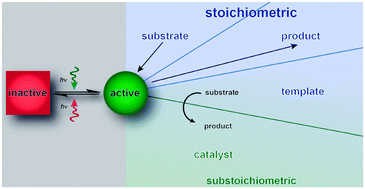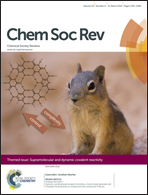Remote-controlling chemical reactions by light: Towards chemistry with high spatio-temporal resolution
Abstract
The foundation of the chemical enterprise has always been the creation of new molecular entities, such as pharmaceuticals or polymeric materials. Over the past decades, this continuing effort of designing compounds with improved properties has been complemented by a strong effort to render their preparation (more) sustainable by implementing atom as well as energy economic strategies. Therefore, synthetic chemistry is typically concerned with making specific bonds and connections in a highly selective and efficient manner. However, to increase the degree of sophistication and expand the scope of our work, we argue that the modern aspiring chemist should in addition be concerned with attaining (better) control over when and where chemical bonds are being made or broken. For this purpose, photoswitchable molecular systems, which allow for external modulation of chemical reactions by light, are being developed and in this review we are covering the current state of the art of this exciting new field. These “remote-controlled synthetic tools” provide a remarkable opportunity to perform chemical transformations with high spatial and temporal resolution and should therefore allow regulating biological processes as well as material and device performance.

- This article is part of the themed collection: Supramolecular and dynamic covalent reactivity

 Please wait while we load your content...
Please wait while we load your content...